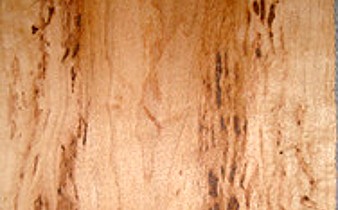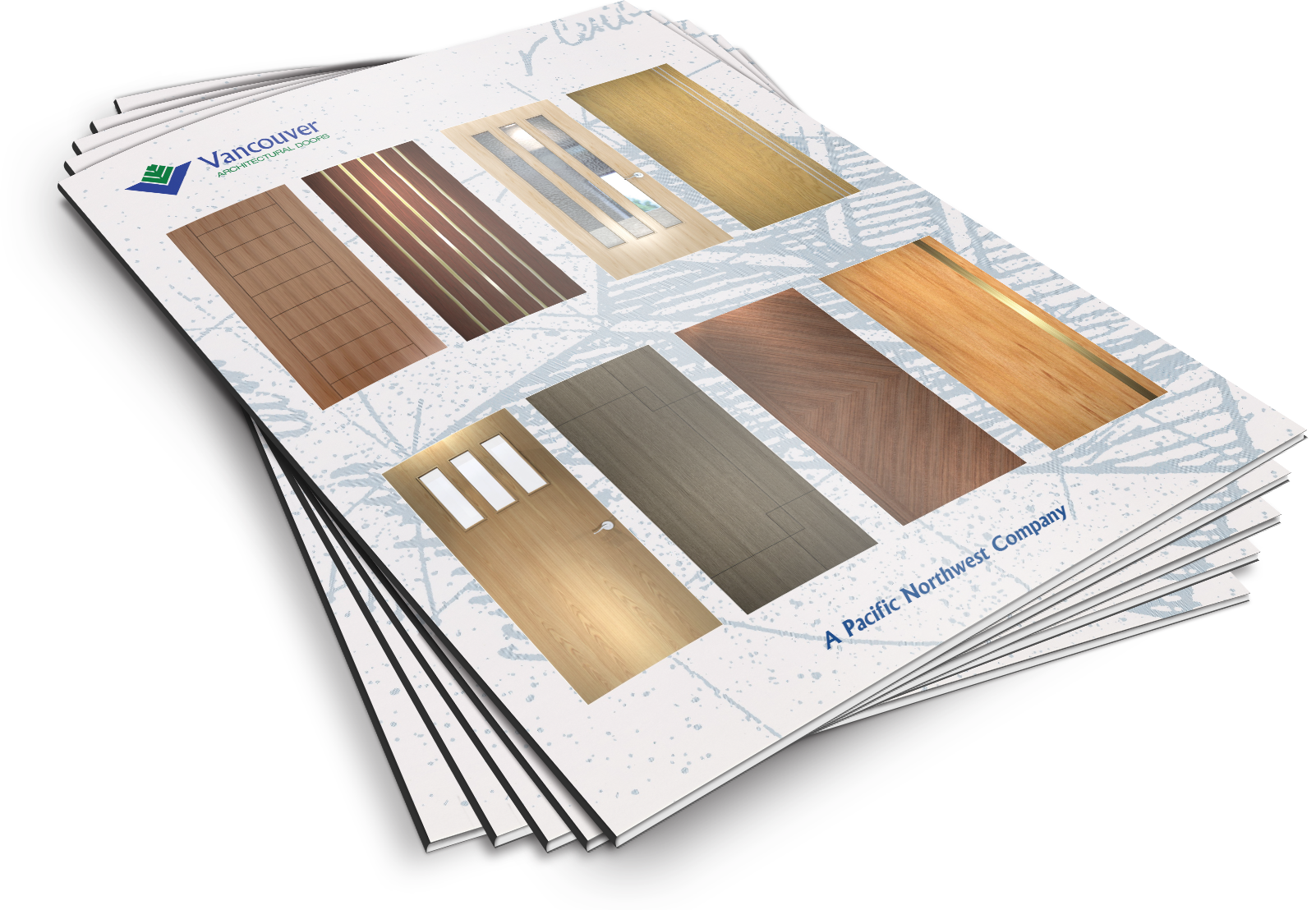Grain Characteristics Of Wood
Figure
The word ‘figure’ which refers to the characteristic marks that commonly appear on longitudinal wood surfaces occur because of natural growth ring characteristics and inherent cell structure. However, in the case of plywood, ‘figure’ refers to the distinct grain disruptions that decorate the veneer surface. These disruptions to the natural grain are usually caused by external stimuli such as humidity, genetics of the tree, supply of nutrients, infestation by insects, effect of injury, etc., among other factors.
Though figure on a veneer surface is apparent, it is more prominently displayed when a finishing agent is applied on the surface. This happens because the process of veneering cuts the logs both through parallel and perpendicular grain surfaces. Whereas the parallel cut takes a normal amount of finishing material, the perpendicular cut absorbs excess finishing material giving the surface a darker look.
Grain deviations are named differently depending on their characteristic appearance. The common differences and their causes are explained below.
Curly grain is known by different names such as tiger stripe, cross bars and cross fire. When wood is split, the grain pattern usually exhibits a washboard effect both in look and the feel. However, when processed into veneer, the feel becomes smooth but the look of the wavy/curly grain is retained because of differences in reflection and refraction of light. The cross fire grain occurs sporadically or is sometimes concentrated near the limbs. They are sometimes faint or otherwise prominent, or broad or narrow. Fiddle back is wavy, prominent and compacted. Tiger stripe is wavy, prominent and spread out. Cross bars is wavy figure that is sporadic and occurring in large areas. All these grain appearances together are classified into cross figure.
Cheery wood is prone to having more end grain figure than other types of wood and results when the cut occurs in a direction perpendicular to the grain. Though veneering by itself is parallel, the cut may sometimes cross large grain distortions at right angles giving off a mottled surface appearance.
Ribbon stripe is another name for interlocked grain which is a growth characteristic that occurs in tropical species such as mahogany, sapele, etc. Unlike trees in temperate regions, tropical trees do not have growth rings. They grow during the rainy season and are in a state of dormancy during the drought periods. These trees also exhibit spiral growth in opposite directions during successive growth periods. In appearance, the spiral grain appears as wavy and is parallel to the normal grain. Depending on the width of the wood and the intensity of the spiral grain, the ribbon stripe look is commonly encountered in such wood. When the appearance is compacted, it is called pencil stripe. Ropy stripe is twisted in appearance like a rope. Broken stripe has pattern interruptions and mottled stripe is patchy in appearance.
Bird’s Eye
Though there is no exact explanation for the occurrence of this appearance, conical indentations that are caused during the development of a growth ring and become nested during the growth of the tree purportedly causes Bird’s eye. A knife cut through the grooves results in appearances that resemble a bird’s eye. They are sometimes large or small, sporadically or densely distributed. They sometimes occur only on a portion of the main stem of the tree or otherwise throughout the whole tree. They may be very faint or very bright and are found frequently in the maple species. However, it can occur in other species as well. Large and prominent eyes are seen to increase the value of the wood and such wood is used for decorative purposes.
Bird Peck
Bird peck appears as specks on a veneer surface that may sometimes even have missing wood. The area above and below are observed to have a discolored mineral streak. This results because of injury to the tree such as woodpeckers that search for insects in the bark or cambium of the tree. This is seen mostly in pecan wood and sometimes in other species as well. Though it is desirable in some applications, it is not preferred for certain other applications.
Flake
Flake, also called ray fleck, medullary fleck, etc., refers to the cross sectional appearance of a medullary ray. Rays are found in all types of woods and they usually radiate from the central growth ring to the outer areas at right angles. The rays are small with a width of just two parenchymal cells and cannot be seen by the naked eye. However, they can be seen in red and white oak. If they are cut in a parallel fashion, they appear exaggerated on the surface of the veneer.
Gum
Gum is commonly seen in cherry wood. Gum is a common misnomer for the dark shaded deposits found on the wood tissues. This is actually the tree’s attempt to heal itself after an injury. Gum either appears in pockets or between adjacent growth rings along the entire margin. Gum is water soluble and may cause slight surface depressions when finishing material is applied. An excess amount of gum is not desirable in higher grade cherry veneers according to the AWI and HPVA standards.



